How to tell the story of your creative work
Introduction
I’ve spent most of my career writing profiles of creative people, previously at Forbes and now on Kickstarter Magazine, Artsy, and Core77. Throughout my work, I’ve seen how building a good story is powerful. It can change the course of creative careers, from winning audiences to opening opportunities.
It all comes down to knowing how to harness attention. When you don’t provide enough information (vague artist statements, anemic interview responses) people don’t have enough of a hook to get interested. When you say too much, you max out limited attention spans. Especially in our sped-up, dumbed-down, high-volume “disrupted” digital media landscape, attention is in short supply.
So whether you’re writing an article, answering interview questions, or planning the “About” page of your website, you need to communicate using clear, catchy ideas that come together to form a concise, compelling story. In this (unfortunately long) guide, I hope to help you see yourself the way a journalist might, and, if you so choose, write about yourself in an objectively entertaining way.
— Writer and digital strategist Katheryn Thayer
Journalism as an exercise in empathy
Good journalists think in terms of empathetic information design. They put themselves in their readers’ shoes and think through what type of stories will catch their attention. They lead with a value proposition—why should the reader care?—and then gracefully guide them through a coherent story.
To do this for yourself, ask questions like:
- Why would someone want to know about what I’m doing/making?
- How does my story connect to wider cultural conversations people care about?
- Which elements might spark curiosity? What’s surprising or exciting?
- What specific examples or familiar comparisons can make my point clearer?
- What needs more explanation?
Empathetic and strategic storytelling is what makes new musical acts worthy of a New Yorker profile; it’s how Glitch conveys the breadth of possibilities on its creative coding platform; it’s how little-known inventors like Edwin Van Ruymbeke and well-known creators like Rihanna build and maintain relevance.
In all these stories linked above, someone is doing the critical thinking to tease out the most relatable bits to craft a story around. In each of them, there’s an exciting, interesting core idea that’s easy to summarize—and a lot of story threads left on the cutting room floor in order to truly focus the piece. As a creative person, you can (and must) learn to do this kind of editing for yourself.
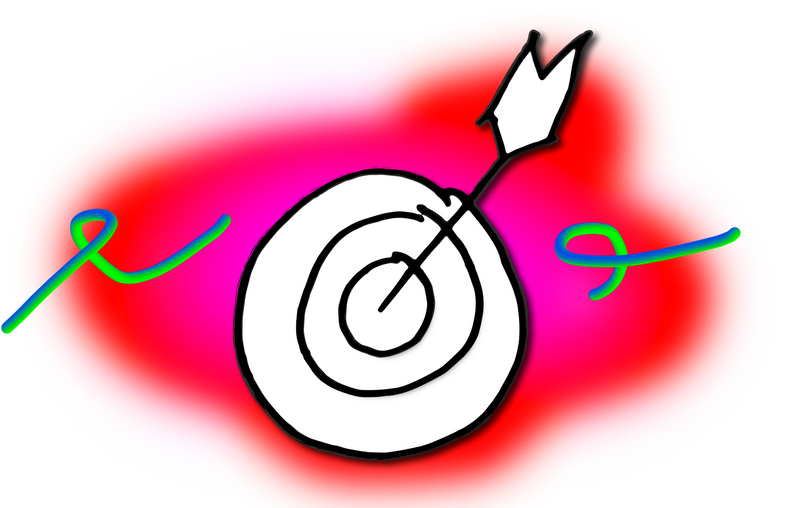
Have a goal in mind
Of course, you can’t think only about what will get your readers excited—you must also make sure your storytelling efforts align with your goals.
If you want to get music readers to listen to your new album, don’t tell a business-oriented story; if you want to show that your invention is unique, don’t speak in generic marketese that glosses over the technical details. Match your goal to your story.
Here are some examples of storytelling goals and tactics:
-
Goal: Keep fans engaged while working up to a bigger project launch.
-
Tactics: Maybe all you need is a steady stream of quick social posts or an occasional thoughtful newsletter giving some insight into your process, reading list, recent discoveries, recipe tests, etc. Before you dive in, just take a moment to plan out a consistent through-line and voice that helps explain your work—then challenge yourself to add to it consistently, thinking of each post or email as one piece to the larger story you’re telling.
-
Goal: Build credibility in a specific industry.
-
Tactics: Pitch an academic journal or niche publication a first-person narrative about what you’ve learned as you created something. The value proposition for this type of audience is that they’ll learn from your story too, so you can get into the weeds with technical details. Just remember that the more you cater to pundits, the more you’ll alienate general-audience readers.
-
Goal: Use milestone achievements to build your audience.
-
Tactics: If you’re having a high-visibility moment—let’s say you created an art installation for a well-known institution or are starring in a play—journalists might approach you organically. But that doesn’t mean they already know the depths of your story or what makes you interesting. In fact, it’s probably best to go into interviews assuming they know nothing about you, just to make sure you share all the important information. Prepare for the interview by thinking out a few “big ideas” or potential stories ahead of time—points of dramatic tension and/or how what you’re doing relates to bigger-picture conversations. Even if they don’t ask about those things at all, you have the power to direct the conversation or pipe up after they finish their questions to say, “and what I think is really important here is…”
-
Goal: Make it easy for someone who stumbles across your work to understand who you are, what you’re about, and what kinds of opportunities you’re interested in.
-
Tactics: Take a hard look at your personal website. Does it cover all the basic details of your creative career while also mentioning notable associations and achievements that could help a journalist, curator, or collaborator understand what you’re about? Do you provide a call to action (e.g. “commission an illustration” instead of “my work”)? Think through the web of places people might discover you, and make sure you’re tailoring language to direct their interest in ways that align with your goals.
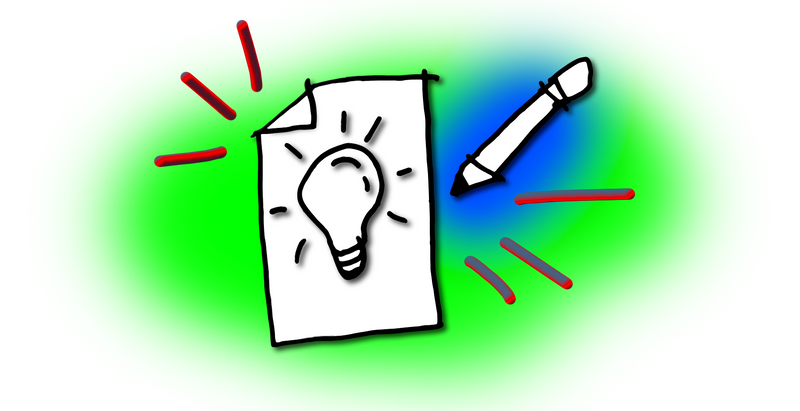
Get some ideas on paper
Once you have a general idea of a storytelling angle that will be both interesting to readers and serve your goals, do a stream-of-consciousness brain dump to consider which details about you and your creative practice will be relevant. It’s okay to be long-winded here, as the editing will happen later.
Start journaling by covering the basics of who, what, where, when, why, and how:
- What is it that you are doing, exactly? What are you making, and how are you making it? This will need to be crystal clear early on in your story. (More about this later.)
- Why does this matter? Why are you doing this project? Why would it matter to others? What impact do you hope to have?
- When did you start working on this? When did you first get the idea? What are the dates of noteworthy milestones like investments, grants, exhibitions, or concerts? Take us through the relevant top-level timeline.
- How did you do it? What did you learn along the way? What challenges did you overcome?
- Where did this all take place? Make it easy to follow your physical journey.
- Who did you collaborate with? List full names and add links. It’s good karma.
While it’s best practice to include these basics, they probably aren’t enough to fuel an exciting story. Dig a little deeper and think about how you can build in dramatic tension and exciting details.
-
Think in terms of narrative arch: how can your story include a beginning, middle, and end, with some sort of character evolution or material resolution along the way? This used to feel daunting to me, until I realized there are really just a few formats that have been recycled for hundreds of years. I tend to write some variation of: a stranger comes to town (disrupting old ways of being), a (wo)man goes on a journey (discovering something new), or David and Goliath (an underdog challenges established power).
-
Consider the comparisons, examples, and explanations that can make the story more relatable and compelling to readers who don’t yet know you. Are you associated with collaborators or institutions that might have more name-brand recognition than you alone? Are there wider cultural conversations your work is part of? Trends it’s rejecting or changing? Are there comparisons that can link your work to more familiar concepts? (Think of all the tech articles that describe services as “the Uber of ___.”)
-
Generalities are boring, so really get into the details. As you start to tell your story, strive to really take us back to the scene and what you were thinking about and doing at the time. This is what people mean when they use that age-old writing tip, “show don’t tell.” If you’re an entrepreneur, don’t just say you tested different versions of the idea until one stuck. If you’re an artist, don’t say you kept working on the album until it sounded right. Give relevant, on-topic details. For example, when I interviewed Mark Tribe for this piece about his digital landscape film Deep Green: Cascade-Siskiyou National Monument, he didn’t just say “an earlier project led me into this nature film”—his vivid details brought the story to life:
“I found myself out in the woods with a bunch of mostly young men in camouflage with AR-15s and AK-47s firing thousands of live rounds into the trees,” Tribe says. “I became really curious about the role that landscape played, in that those training exercises where people are preparing and rehearsing for Armageddon, they choose to do it in these incredibly beautiful spots. Partly for practical reasons, but partly because I think landscape, in our imagination, is a kind of tabula rasa, a blank slate onto which we project all kinds of fantasies.”
-
Check that you’re being really honest. Some of the most frustrating interviews I’ve conducted have been with people who think they need to sound business-y to be in Forbes, or more community-centric to be in Kickstarter Magazine. When you don’t tell your true story, but instead try to mold your story to fit somebody else’s expectations, it does everyone a disservice. The end result won’t be convincing, and people won’t really get to know you. Don’t fake it.
-
If you’re stuck, try interviewing yourself, or asking a friend to. Record audio on your computer, and get a transcript of it. Temi is one service that does this, but there are many. You could also just type it out yourself if you’d prefer not to pay for transcription. Reading over a transcript can help the best bits of your story jump out; it gives you some raw material to refine and saves you the frustration of staring at a blank page.
If you like the idea of interviewing yourself, here are some ideas for questions to get you started:
- Why did I start this project or get into this type of work?
- What’s been the most challenging or surprising part of my creative journey?
- What were the most significant evolutions along the way?
- How does [my project or company] relate to [a much larger cultural trend]? What can this project say about that trend?

Ruthlessly edit, and put the most important parts first
Once you have the long version of your story on paper, try to distinguish which parts would be the most interesting to your audience—names they might recognize, cultural conversations they might care about, challenges they can relate to—then cut out a lot of the rest. Zero in on one key theme or takeaway that lends itself to a catchy and memorable headline. Lead with that and let the rest of what you say expand on the main idea.
The process to do that, which we’re about to get into, might read like pretty literal journalism tips, but I’m sharing it with the intention that you can apply the ideas more widely. Even if you’re just writing a Tweet or newsletter or planning a talk about your work, learning to lead with a clear, compelling thesis statement is what makes any type of message stick.
The overall structure you’re going to follow is the “inverted pyramid” structure typically associated with journalism. The excellent book Made to Stick: Why Some Ideas Survive and Others Die argues that this structure applies to everything, from public health posters to team meetings.
“Inverted Pyramid” structure:
- Start with an exciting opening to hook the reader
- Quickly share the most important information
- Then start telling the story in full
In the old days, this structure gave newspaper editors the flexibility to quickly lob off the last few paragraphs of stories if they needed to quickly make room for late-breaking news. Now, it’s just a good way to make sure the most readers get to the most important point of your message. (The average reader spends mere seconds on links they click, mostly reading just the first few paragraphs, likely from their phone.)
This puts a lot of pressure on the first few lines of what you write. A good opening hook is what makes your story immediately exciting—or not.
I find the recipe for an attention-grabbing headline and lead (or “lede” in journalist jargon) to be: relevant + recognizable + unexpected + enticing. You need familiar touchpoints, but without some timely relevance, they might not feel like a new, unfolding story. And calling out unlikely connections, interesting juxtapositions, or wider cultural conversations always helps spark curiosity.
Here are a few examples of headlines and opening ledes, with notes on why they’re good:

This piece is a tech company writing about itself—it’s challenging to do well, but objective facts and colorful comparisons make it more like a news piece than a press release. The headline makes it clear that Glitch is about making apps, and offers a relevant, data-based comparison to prove its scale. Then the opening lines paint a picture of the future the company wants and is in fact creating, enticing readers who want to be a part of that inspiring mission.
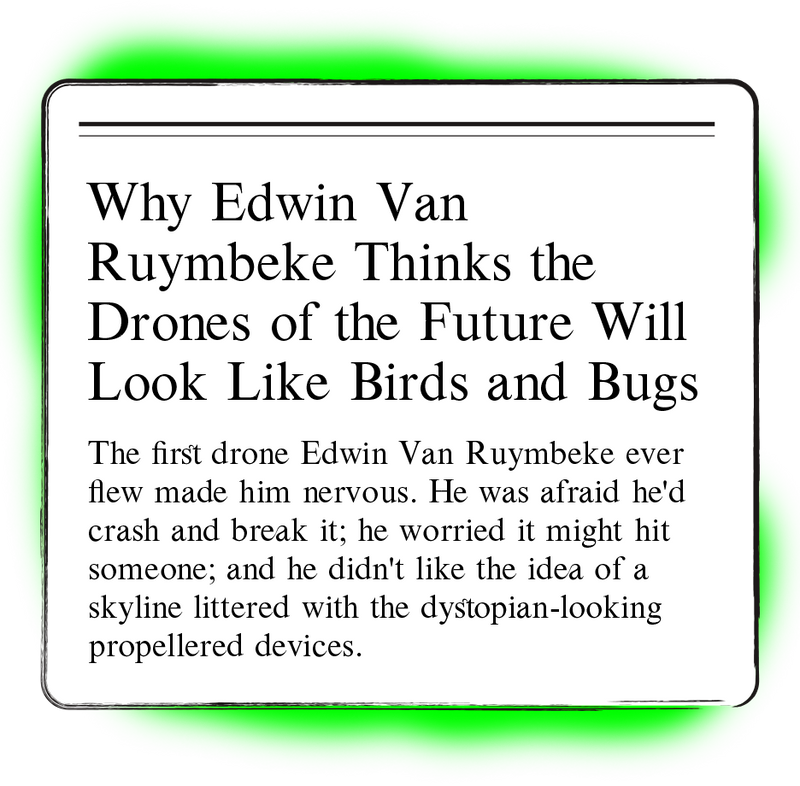
Ok I wrote this one, but that means I can tell you exactly the thinking that went into it. This is an inventor the reader has probably never heard of, so I wanted to connect him to a much larger idea—drones of the future. His view that today’s drones are kind of a chaotic dystopian mess, and that millenia-old organisms can guide us towards better design, is enticing and unexpected, so I led with that.
Nail your opener, and make your main point super clear
In journalism, after the headline and first few sentences get readers interested, the immediately following “nut graph” (journalism jargon for “nutshell paragraph”) should give a quick, consolidated summary of the most important information. In your own storytelling, you can learn from this approach by making sure any essential info is included towards the beginning, so it’s the first thing readers see.
Here are a couple examples of nut graphs and why they work:
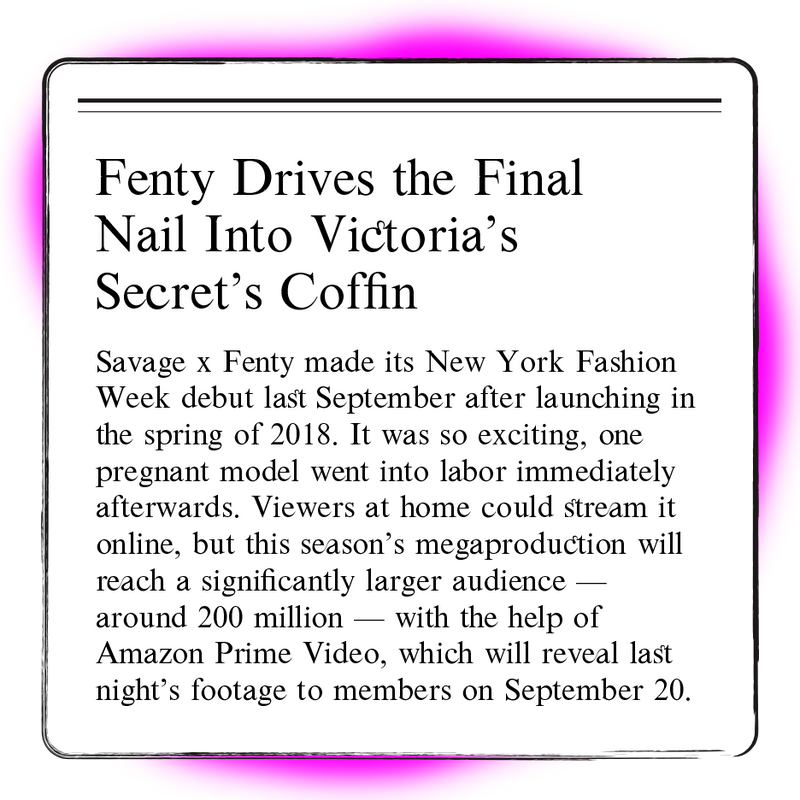
This nut graph neatly summarizes the essential facts and timeline details: Rihanna’s relatively new, undeniably exciting fashion line is now growing its reach thanks to a streaming deal with Amazon Prime Video. (The bit about the model going into labor isn’t essential info, but does illustrate the point the writer is trying to make.)
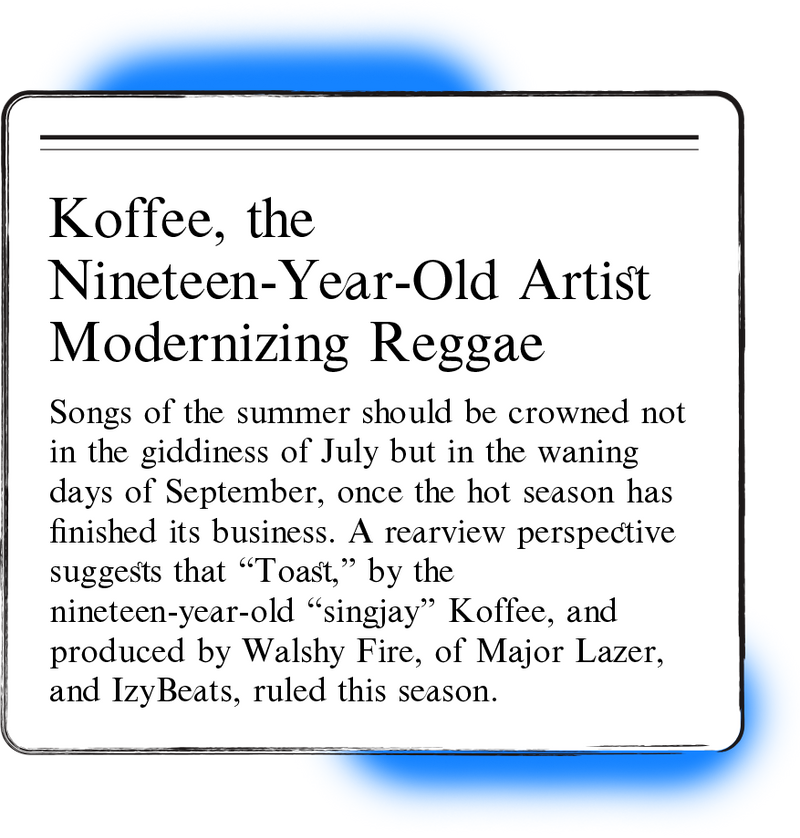
This one is kind of a trick example—the lede and nut graph are rolled together in these two opening lines. It makes sense because the piece is really short, just three paragraphs total, so the writer hooks you in with song of summer nomination then gets right to the core details about recognizable artists who produced the track.
Expand on your ideas, but keep it easy to read
As someone who enjoys reading, I hate to tell you this, but everything important in your message should be in your lede and nut graph. If someone stops reading right there, they should be able to tell you what the whole piece is generally about.
Just because some might stop reading doesn’t mean you have to stop writing, of course. There will be people who choose to read the whole way through, and you should reward them with clear, well-organized prose. Here are a few quick pointers for doing that:
- Use simple language. Jargon is a turn off, and doing that college paper thing where you “elongate your mellifluous prose with an abundance of superfluous verbiage” is awful to read.
- Shorter is always better. Describe things as simply as possible. Cut every last letter you possibly can.
- Avoid ambiguous language. Could two people read one sentence and come away with different understandings? If so, try rewriting it to more precisely communicate what you mean.
- Watch out for repetitive use of words or sentence structures.
- Organize your piece into sections with bolded headers. This makes it easier for a reader to scan through quickly, and also forces you to stay on-topic and organize your thoughts.
- Include illustrative pictures (with captions). This helps readers visualize what you’re talking about.
- Read your writing out loud to check if it feels like a natural flow. If you get tripped up, you should simplify your word choice and sentence structure.
How to check that you did this thing right
Once you’ve written your story, use this checklist to ensure you’ve nailed the key points from this guide:
- If I stumbled across your headline and opener somewhere on the internet, would I be enticed to read more? Would I have a general idea of what your longer story is about? Can I read through the first couple paragraphs and immediately understand why your story matters?
- Did you mention any notable or recognizable associations, collaborators, awards, credentials, etc. in those first few paragraphs?
- If I skimmed the whole thing quickly, would there be a main point or takeaway that would be hard to miss? (If you’re struggling with this one, remember that bolded section headers are your friend.)
- Are there any facts (who, what, when, where, why details) that two different readers might interpret two different ways? If so, add links, reword for clarity, make the timeline clearer, etc.
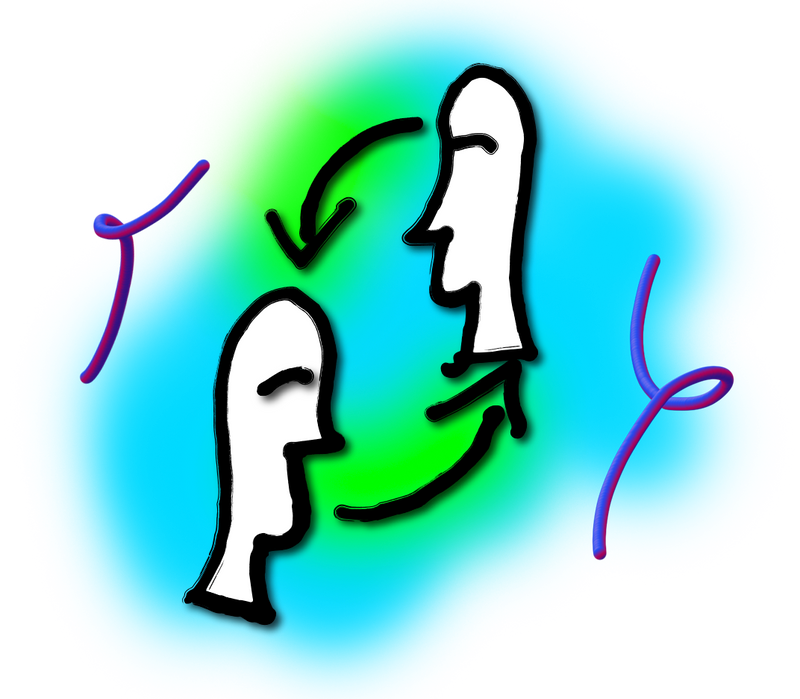
Make sure people actually see it
What if you did all this work and then only like three people see it? Ha ha ha let’s not do that.
Once you have your story written out in a clear and compelling format, there are all sorts of things you can do with it. Revisit your goal (you know, the one you thought about earlier in this guide), and think about which formats to take your story to:
- Consider taking key ideas from your piece, and making it a series of articles or social media posts.
- Use what you’ve written as a way to pitch publications who you think might want to write about your work. They probably won’t want to republish something you’ve already done, but might want to hear what else you have to say. Be sure to pitch publications where your piece would be on-topic, and keep in mind that relevant + recognizable + unexpected + enticing recipe we talked about. A lot of the advice in this guide is complementary to my colleague Kate Bernyk’s great TCI guide on pitching to press.
- If you’ve written up a Medium post, social thread, website page, or even successfully pitched a publication, be sure to share a link to your story with well-networked friends and acquaintances. You don’t have to ask them to share it if doing so would make you feel uncomfortable, but you can always ask for their feedback. Ask them what they think of it, and how they think you might distribute it more widely. This type of ask offers more opportunities for how they might engage: Maybe they retweet, maybe they offer an edit, maybe they make a helpful introduction. Keeping the ask light means it’s not too much to ask people pretty far out of your normal circuit, too. It never hurts to ask.
- Remember: pitches aren’t just for press, and don’t always need a lot of pageviews to be valuable. Having a strong story on your website, or channeled through your social media posts, can help potential collaborators, curators, and grant-giving organizations get to know you over time. Sending a link to a well-thought-out piece might sometimes be easier than getting attention for a phone call. Putting it in your email signature or pinning it to the top of your Twitter profile can help people you casually interact with discover what you’re up to on a deeper level.
- Lastly, I recommend reading Kathryn Jaller’s well-worn TCI guide on thoughtful self-promotion. That guide can really help you insert this general storytelling advice into the realities of posting schedules, website tools, and performance metrics. Overall, operationalizing how you tell your story is what will get it in front of people.

